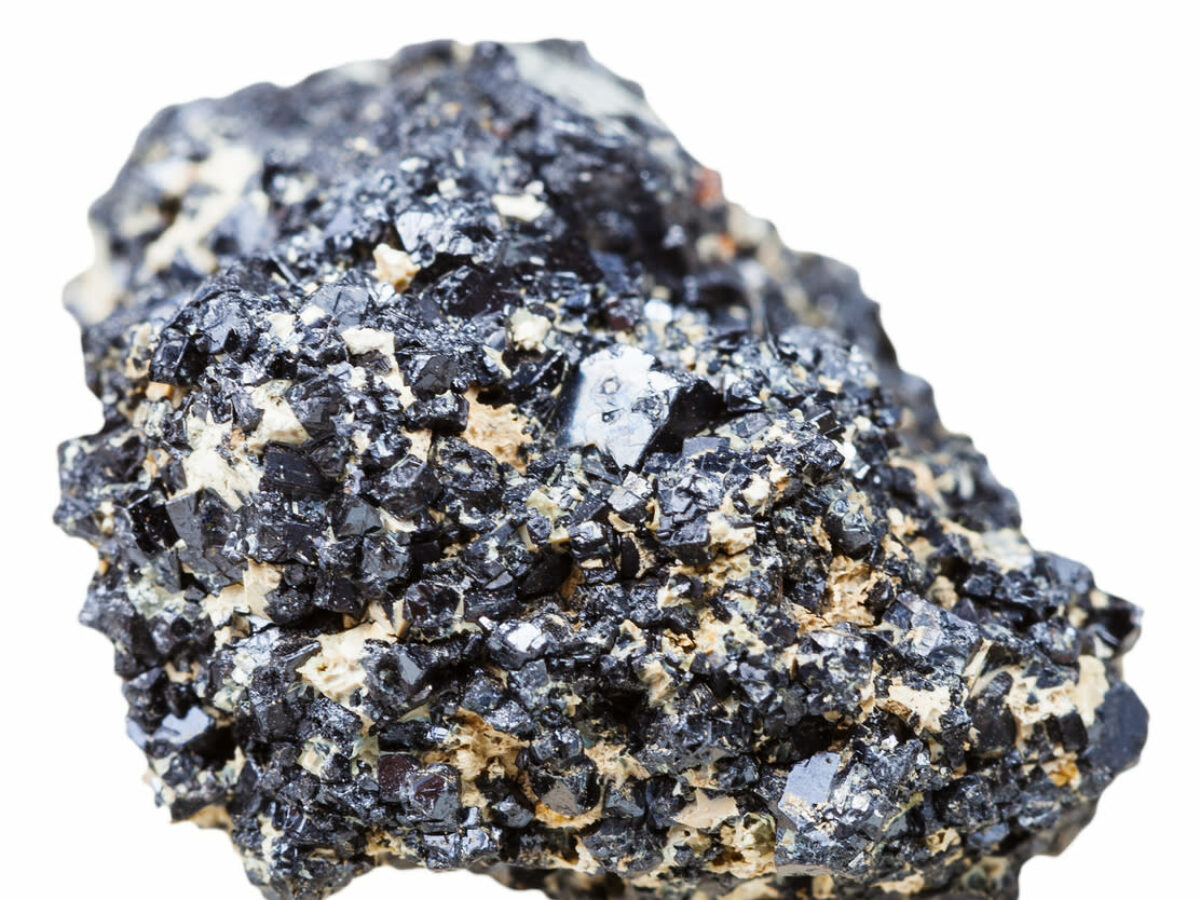Research points way to make solar cells more efficient

A team led by Monash University and Wuhan University of Technology researchers has announced a breakthrough they say could help boost the efficiency of so-called tandem solar cells.
Silicon cells have achieved a record of 32 per cent efficiency. This has been boosted by another 10 per cent using perovskite light absorber coatings, which absorb additional parts of the energy spectrum from sunlight, in a “stack”.
The team’s research, published in Nature, shows a way to identify and control defects in perovskite crystals used for these tandem cells. This used an “imaging and diffraction protocol developed at the Monash Centre for Electron Microscopy” (MCEM) said the Australian university.
Mapping the crystal structure of coatings, said lead corresponding author Professor Joanne Etheridge, Director of the MCEM, “provides exciting new insights into how device performance can be improved.”
The research team describe how they were able to control the presence of “intragrain planar defects” by tuning the chemical composition of the perovskite films in their paper, titled “The critical role of composition-dependent intragrain planar defects in the performance of MA1–xFAxPbI3 perovskite solar cells”.
Joint lead author, Dr Mathias Rothmann, conducted part of this work during his PhD at Monash and continues research on perovskite solar cells at Oxford University.
He said the paper presents new ways to potentially improve perovskite film performance.
“For example, a blacksmith introduces defects in hot steel by hammering it, locking the defects in by quenching the steel in water, making the steel harder but less malleable as a result. In conventional silicon solar cells, however, defects are often associated with shorter charge carrier diffusion lengths and lifetimes, resulting in lower power conversion efficiencies,” he said.
“We found a similar reduction in performance with the presence of these intragrain planar defects in these perovskite solar cells. We hope that our work can make a contribution towards a fossil fuel-free future based on the abundant availability of sunlight.”
Picture: A perovskite crystalline stone (Monash)
Subscribe to our free @AuManufacturing newsletter here.
Topics Technology
@aumanufacturing Sections
Analysis and Commentary Awards Defence Manufacturing News Podcast Technology Videos










